Breeds
Barbados Black Belly
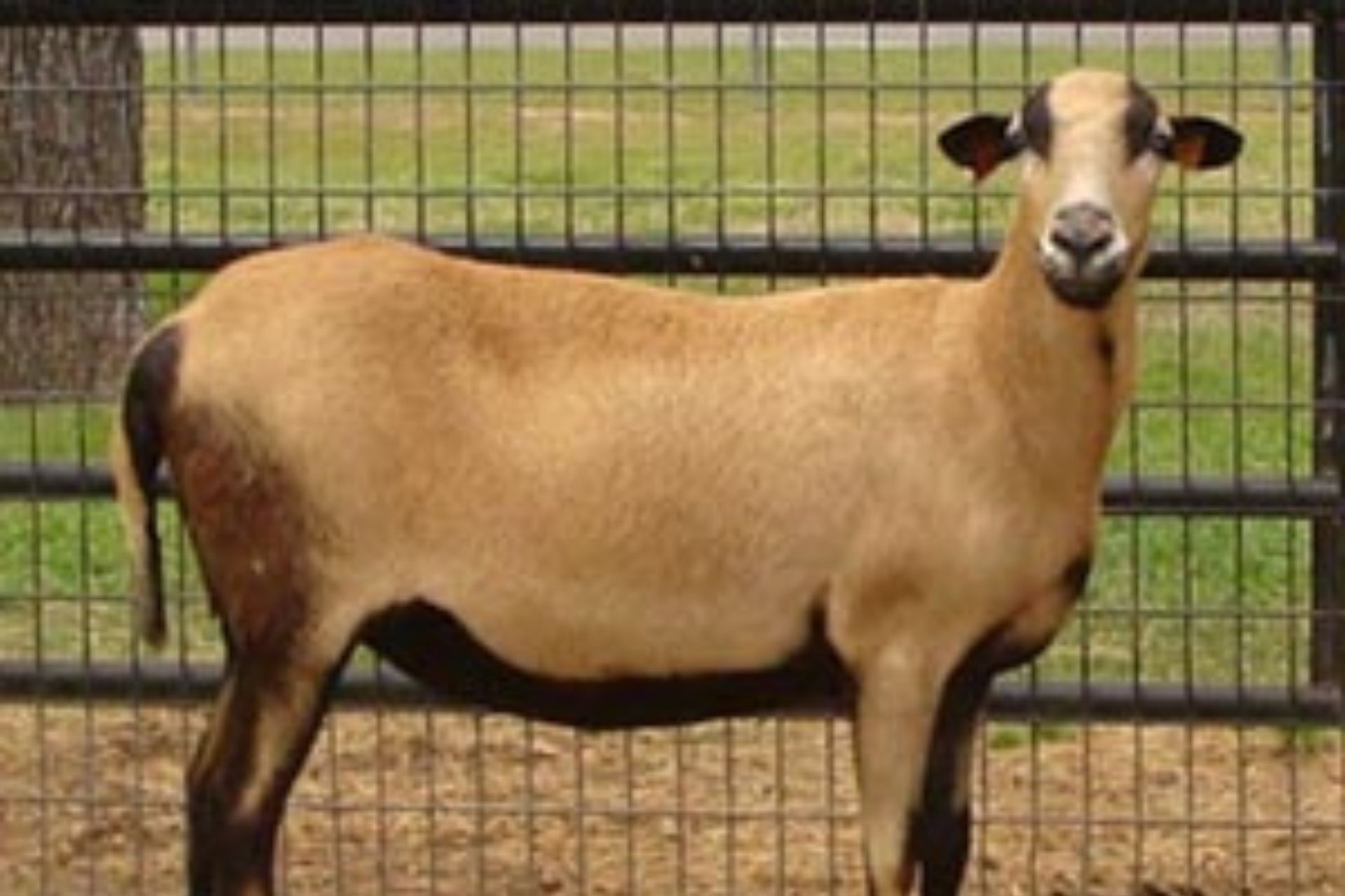
The Barbados Blackbelly is a breed of domestic sheep from the Caribbean island of Barbados. Although it is likely the Barbados Blackbelly has African ancestry, there seems to be clear evidence that the breed, as seen today, was developed by the people on the island from sheep brought by ships fairly early in the period after Europeans first arrived. This breed is raised primarily for meat.
Bluefaced Leicester
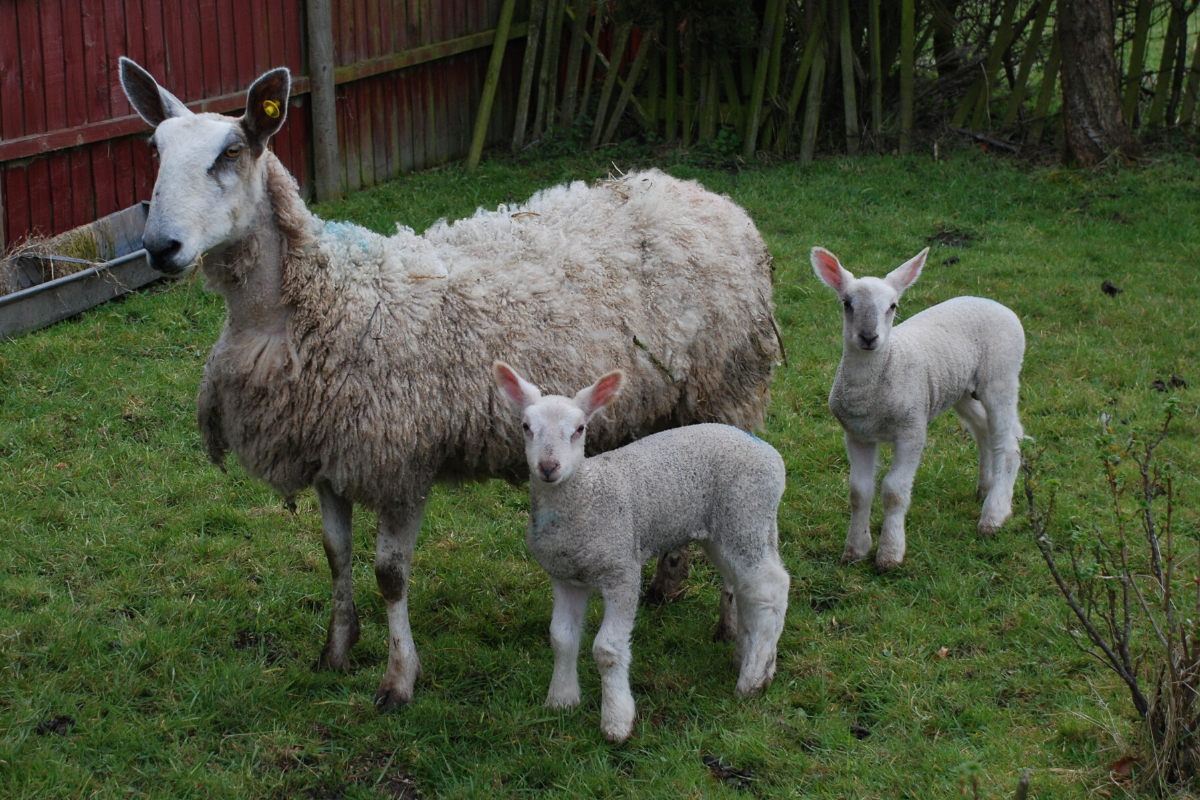
The Bluefaced Leicester is of the English Longwool type of sheep. They originated from Border Leicester individuals selected for the blue face (white hairs on black skin) and finer fleeces. The wool is classed as demi-luster and fine.
Border Leicester
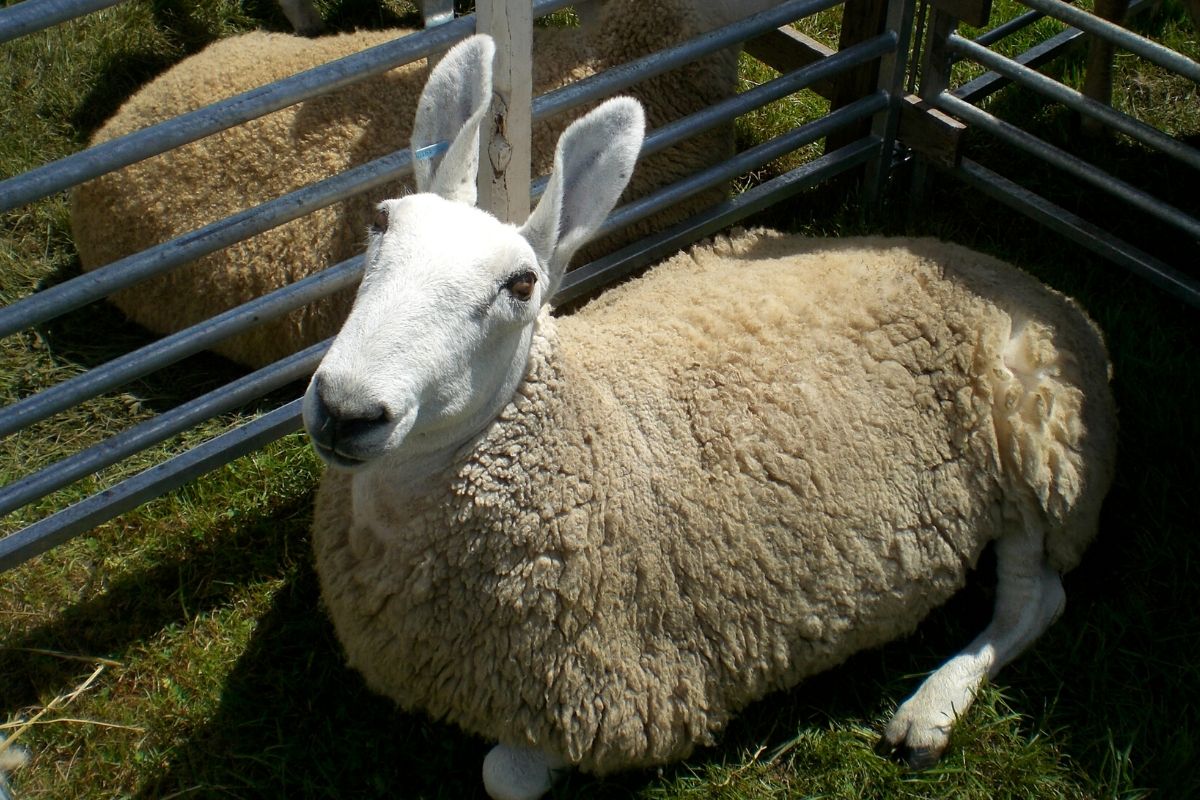
Border Leicester sheep with long, lustrous wool have been in Leicestershire, England since the earliest recorded history of the British Isles and are responsible for the improvement and development of other longwool breeds. They yield a long-stapled, lustrous, coarse wool that is much in demand by hand spinners.
California Red
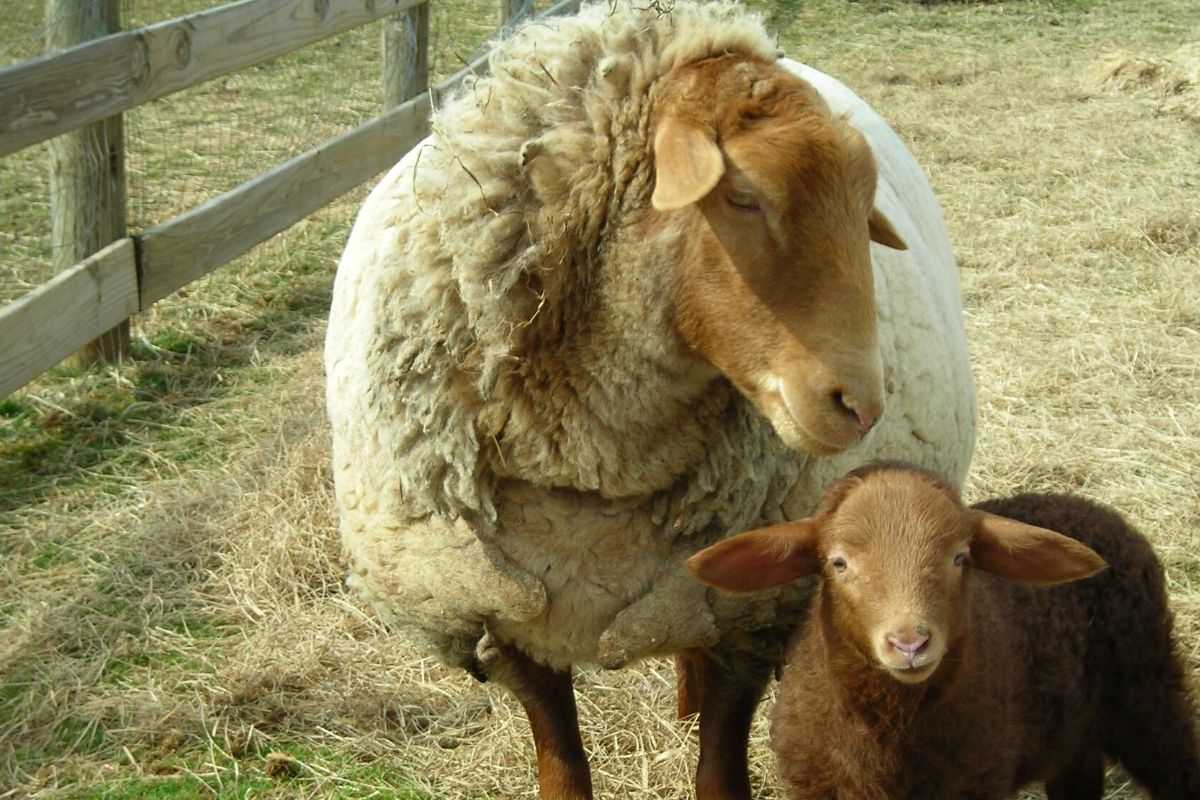
The California Reds was developed in 1970. It is a cross between Barbados and Tunis sheep. They are a medium-sized sheep, the rams weighing from 200 to 250 pounds and the ewes from 110 to 140 pounds. The rams sometimes have manes and both sexes are polled. The breed is non-seasonal and can be bred for three lamb crops in two years.
Cheviot
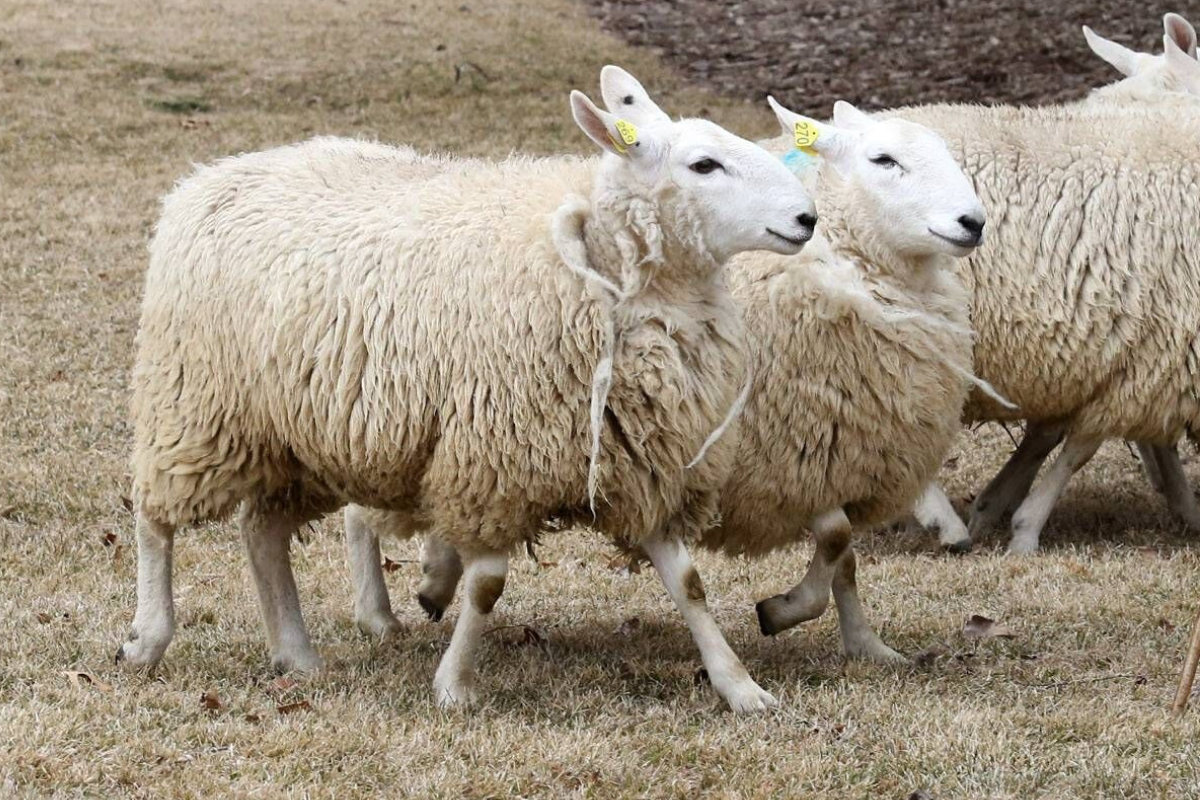
The Cheviot is a long-wool type, hornless and of reasonable frame. Cheviot wool has a distinctive helical crimp, which gives it that highly desirable resilience. Cheviot wool is often blended into other yarns to give resilience and durability to the finished article. The fleece is dense and long-stapled, of 56s-50s quality, and springy to the touch.
Clun Forest
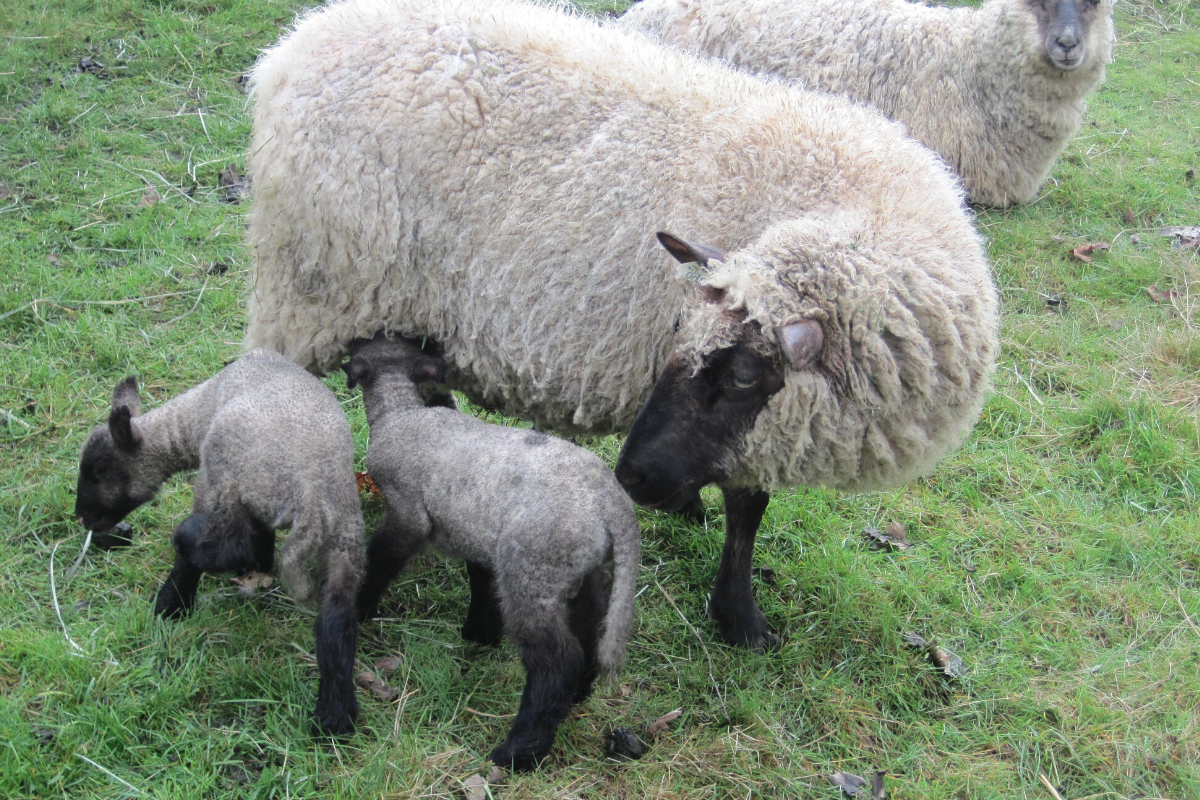
The Clun Forest originated in the mountainous district of South West Shropshire in England, adjoining the Welsh Border, and are the most numerous sheep of the Marshes of Wales. They take their name from the ancient market town of Clun. Some authors attribute the breed to a combination of Hill Radnor and Shropshire, with Kerry Hill breeding also introduced in about 1865.
Cormo
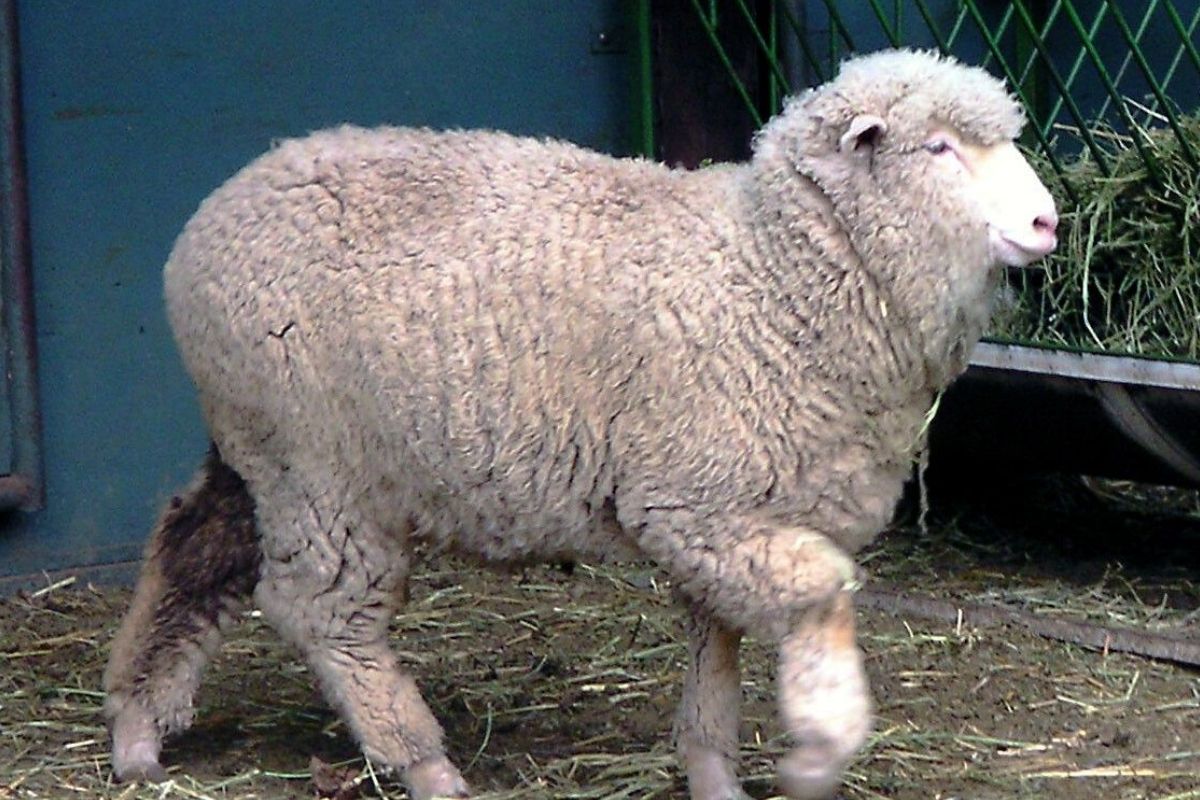
The Cormo was developed in the earlier part of the 1960′s in Tasmania, Australia. To arrive at the current day Cormo rams of the Corriedale breed were crossed with Superfine Saxon Merinos. The name Cormo is from the names of two of the parent breeds, Corriedale and Merino. They are a polled breed.
Corriedale
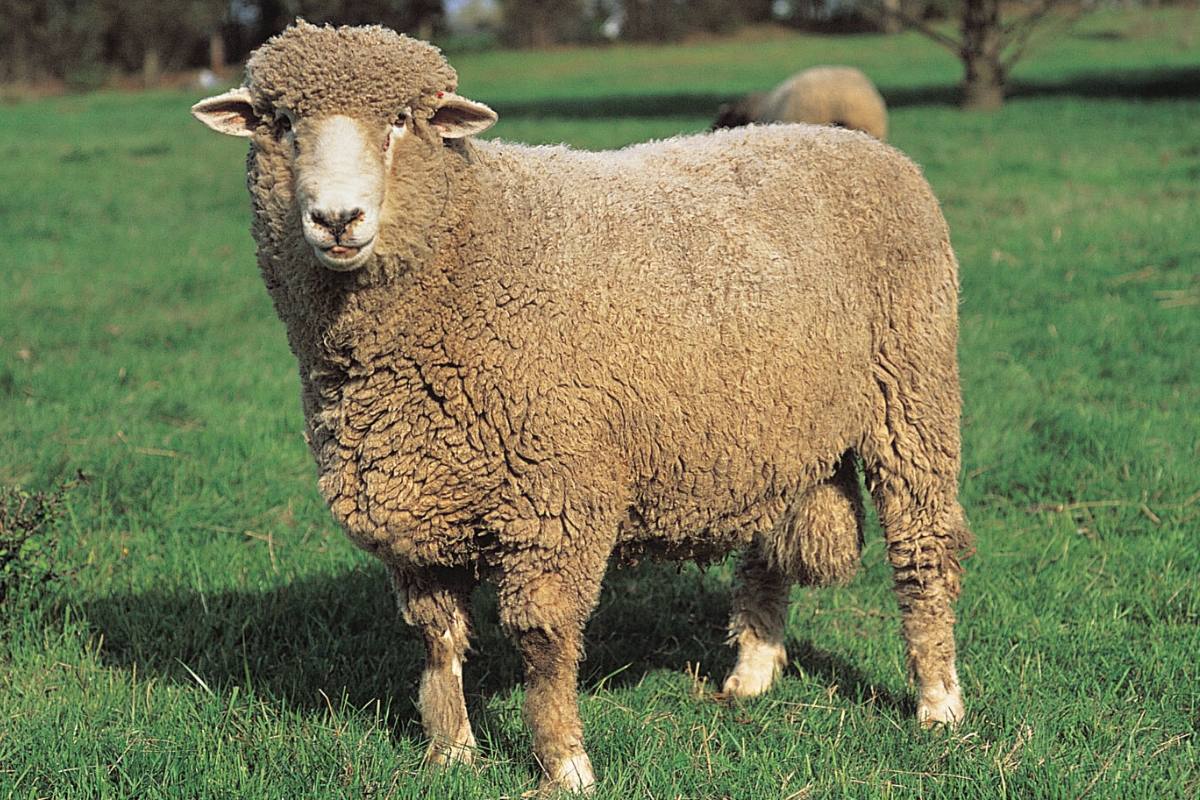
The Corriedale is the oldest of all the crossbred wool breeds, a Merino-Lincoln cross developed in Australia and New Zealand and first brought to the United States in 1914. It is large-framed, polled with good carcass quality. Their dense fleece is medium-fine and high yielding, with good length and softness, somewhat between medium wool and long wool.
Cotswold
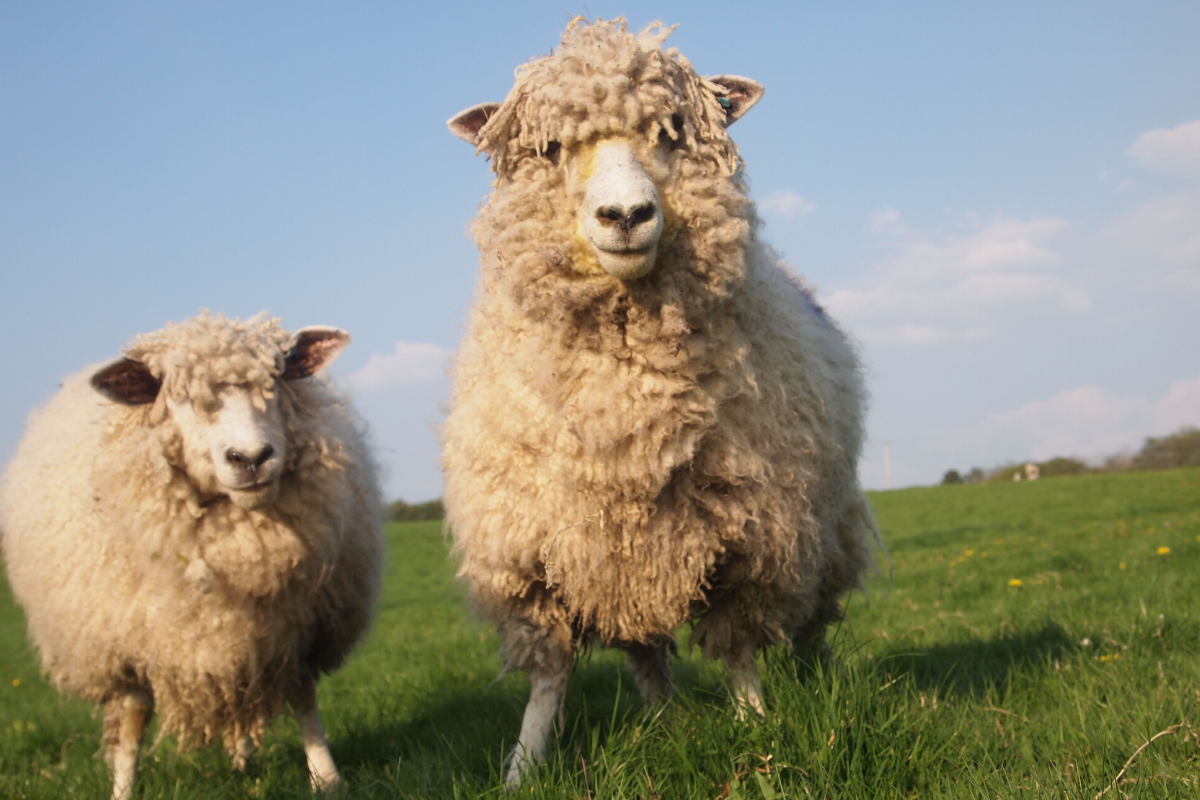
Cotswolds are a large breed, noted for their long, coarse fleece of naturally wavy curls and the tuft of wool on their foreheads. The earliest record of Cotswolds in the United States is 1832. The Cotswold is classified as a “rare” breed by the American Livestock Breeds Conservancy.
Dorper
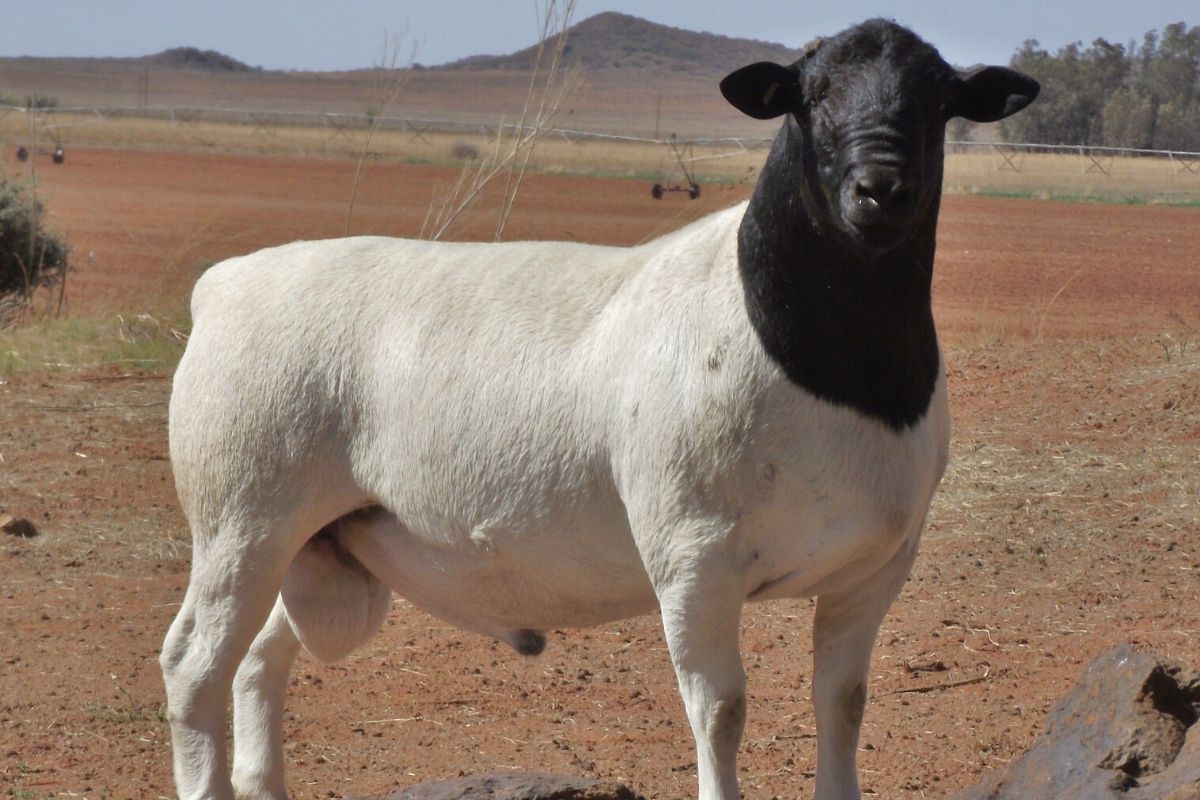
The Dorper, developed in South Africa, is primarily a mutton sheep and meets these requirements exceptionally well. The breed shows exceptional adaptability, hardiness, reproduction rates and growth as well as good mothering abilities. They are a hair sheep. The Dorper breed is numerically the second largest breed in South Africa.
Dorset
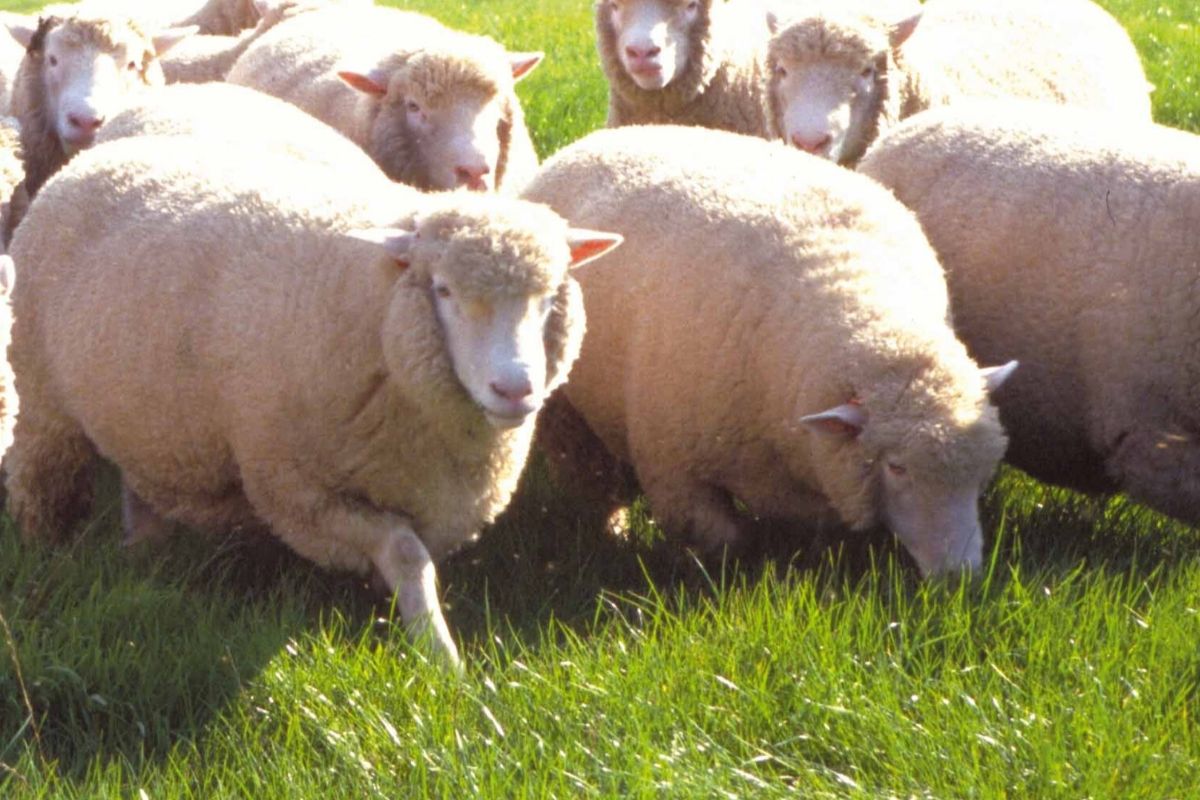
Dorsets are an all white sheep of medium size having good body length and muscle conformation to produce a desirable carcass. The fleece is very white, strong, close and free from dark fiber. Dorset fleeces average five to nine pounds (2.25-4 kg) in the ewes with a yield of between 50% and 70%. The fiber diameter will range from 33.0 to 27.0 microns.
East Friesian

Finnsheep
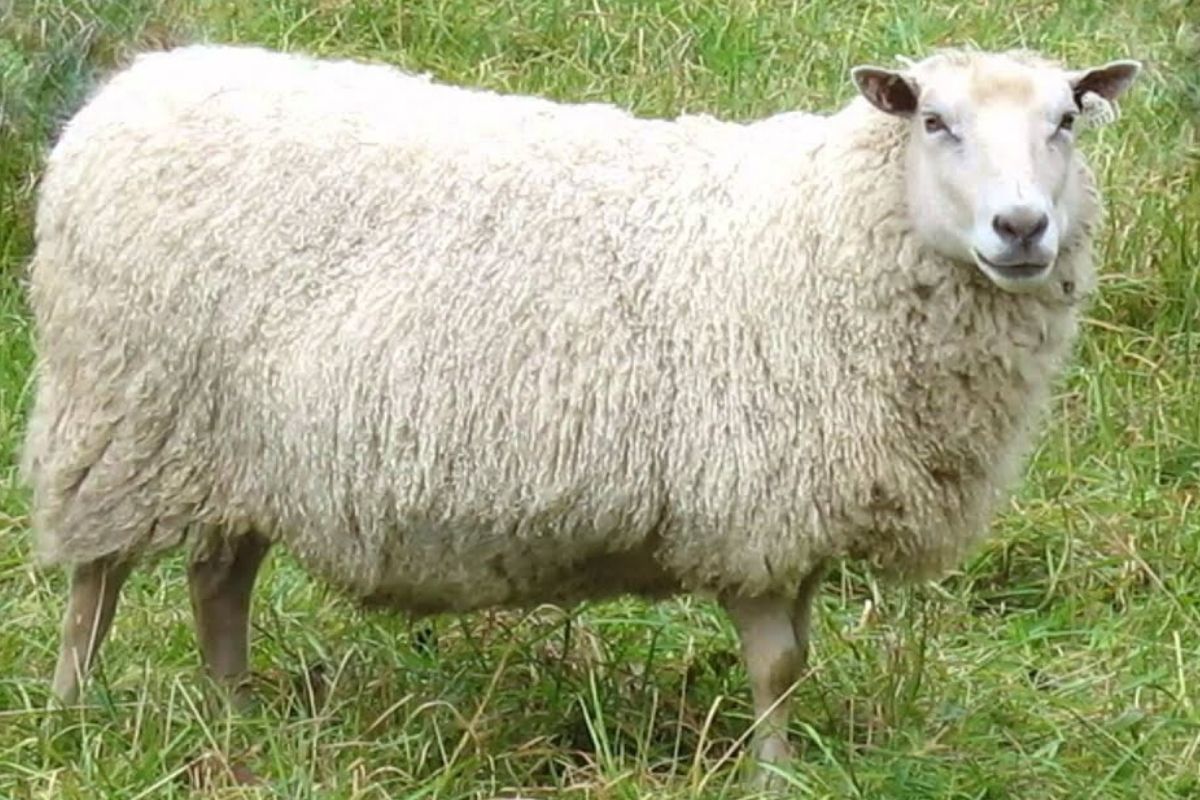
Finnsheep or Finnish Landrace, as they are known in their native country of Finland are considered to be several hundred years old, descending from the Mouflon that live in the wild on Sardinia and Corsica and also said to be related to other Scandinavian short-tailed sheep.
Gotland
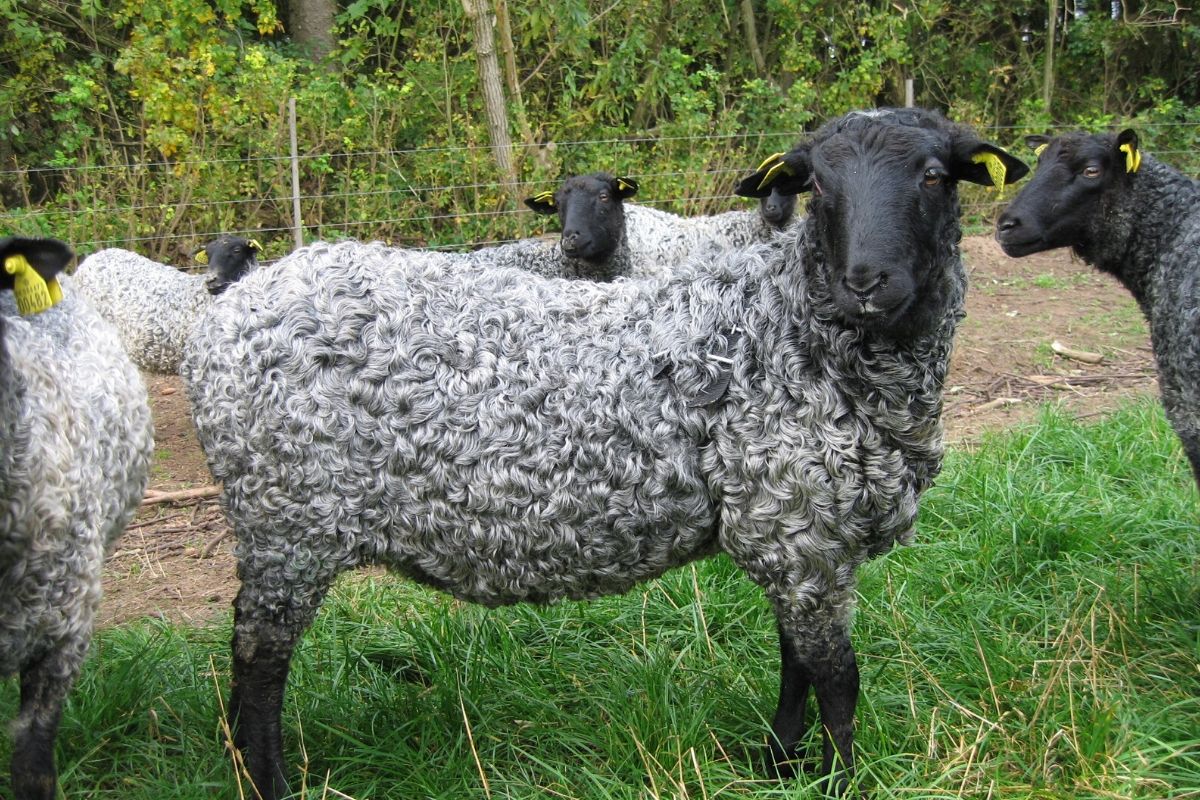
Gotland sheep are fine-boned and of medium size. Gotlands are polled and have no wool on their black heads and legs. Sometimes there may be white markings on the top of the head or around the nose and mouth. They have alert medium-sized ears that stand outwards with a small neat muzzle, an even jaw and even teeth.
Hampshire
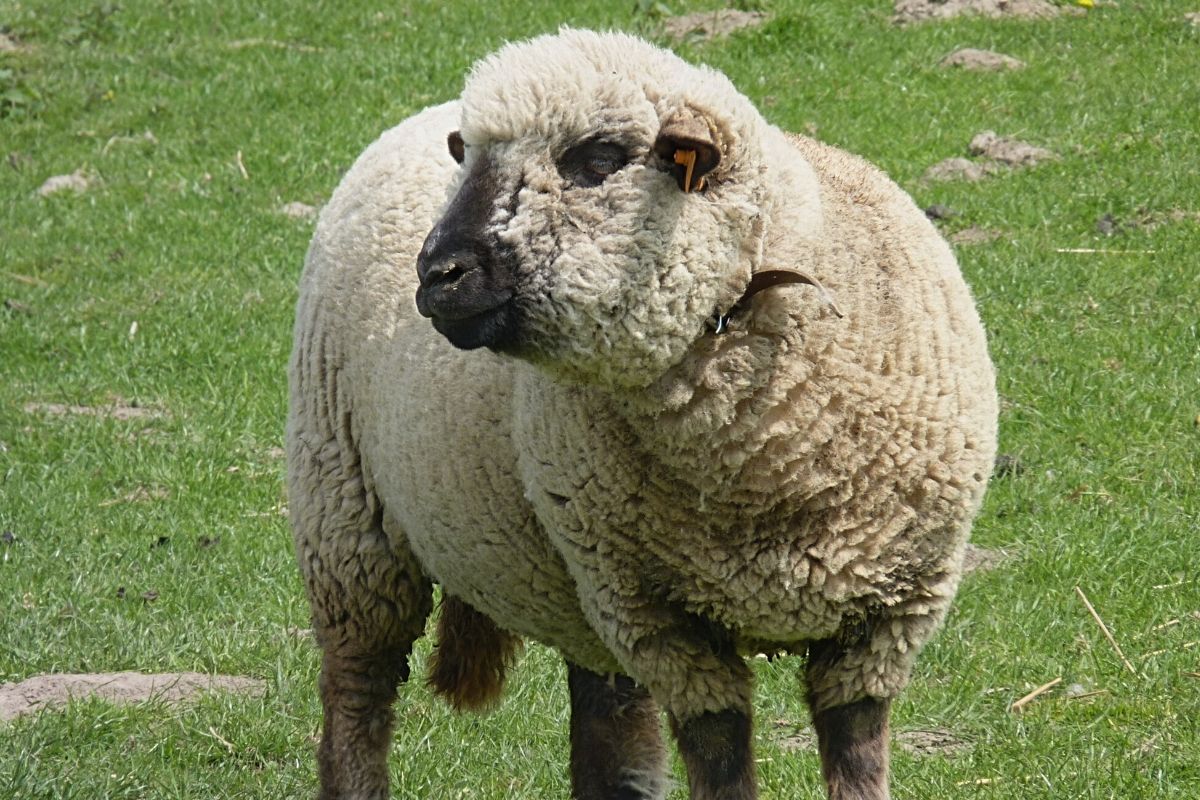
The Hampshire is a large, open faced and active sheep with a mild disposition. Mature rams should weigh 275 pounds or more and mature ewes should weigh 200 pounds or more in breeding condition. The ears should be moderate in length, thick, covered with a coarse dark brown or black hair and free from wool.
Hog Island
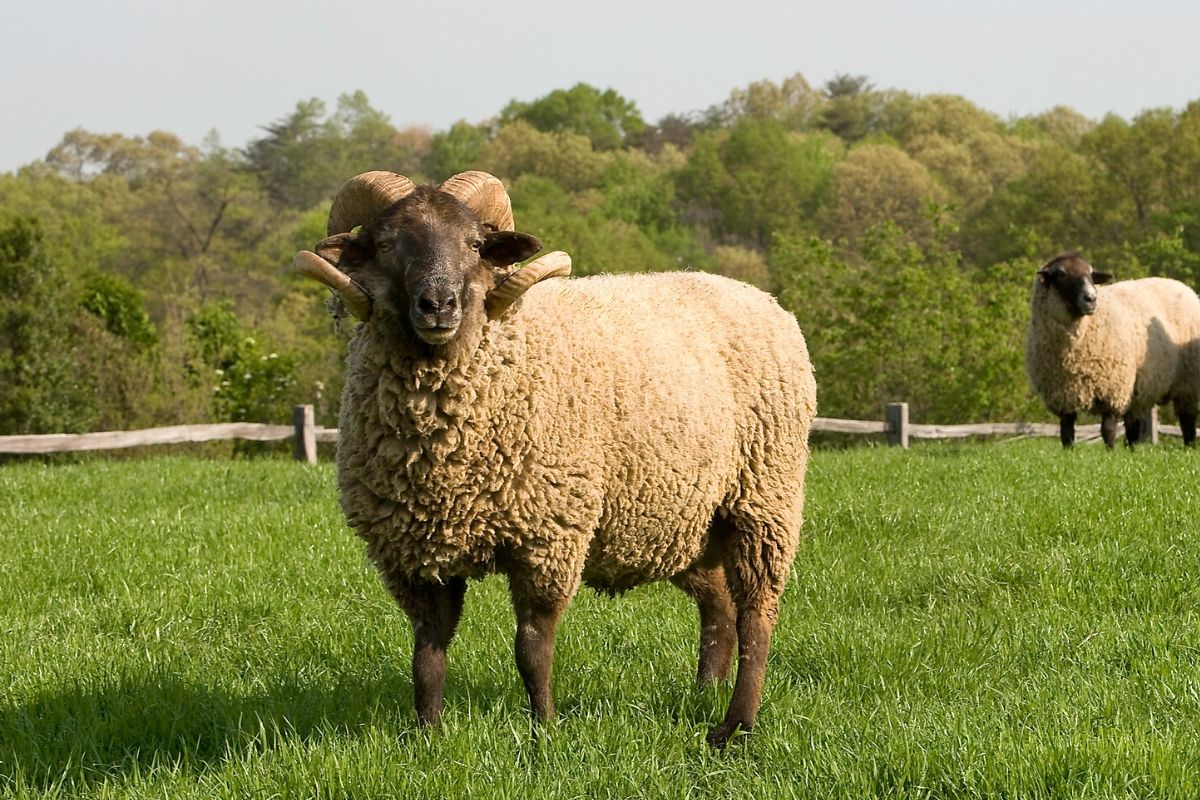
The Hog Island sheep is a feral breed, descended from sheep abandoned on Hog Island in the 1930s and ’40s. It is believed that the breed was descended from the Merino breed, among others, possibly the Improved Leicester or other English breeds. The sheep is relatively small but tough and hardy.
Icelandic

The Icelandic sheep are of medium size with mature ewes weighing 150-160 lbs. and rams 200-220 lbs. They are fine boned with open face and legs and udders. The breed has both polled and horned individual of both sexes but it is primarily horned. Icelandic sheep are not particularly tall but broad and have an excellent conformation as a meat breed.
Jacob

The Jacob sheep is a rare breed of small, colored with white spots, multi-horned sheep. Jacobs are usually raised for their wool, meat, and hides. They are also kept as pets and ornamental animals, and have been used as guard animals to protect farm property from theft or vandalism and defend other livestock against predators.
Karakul
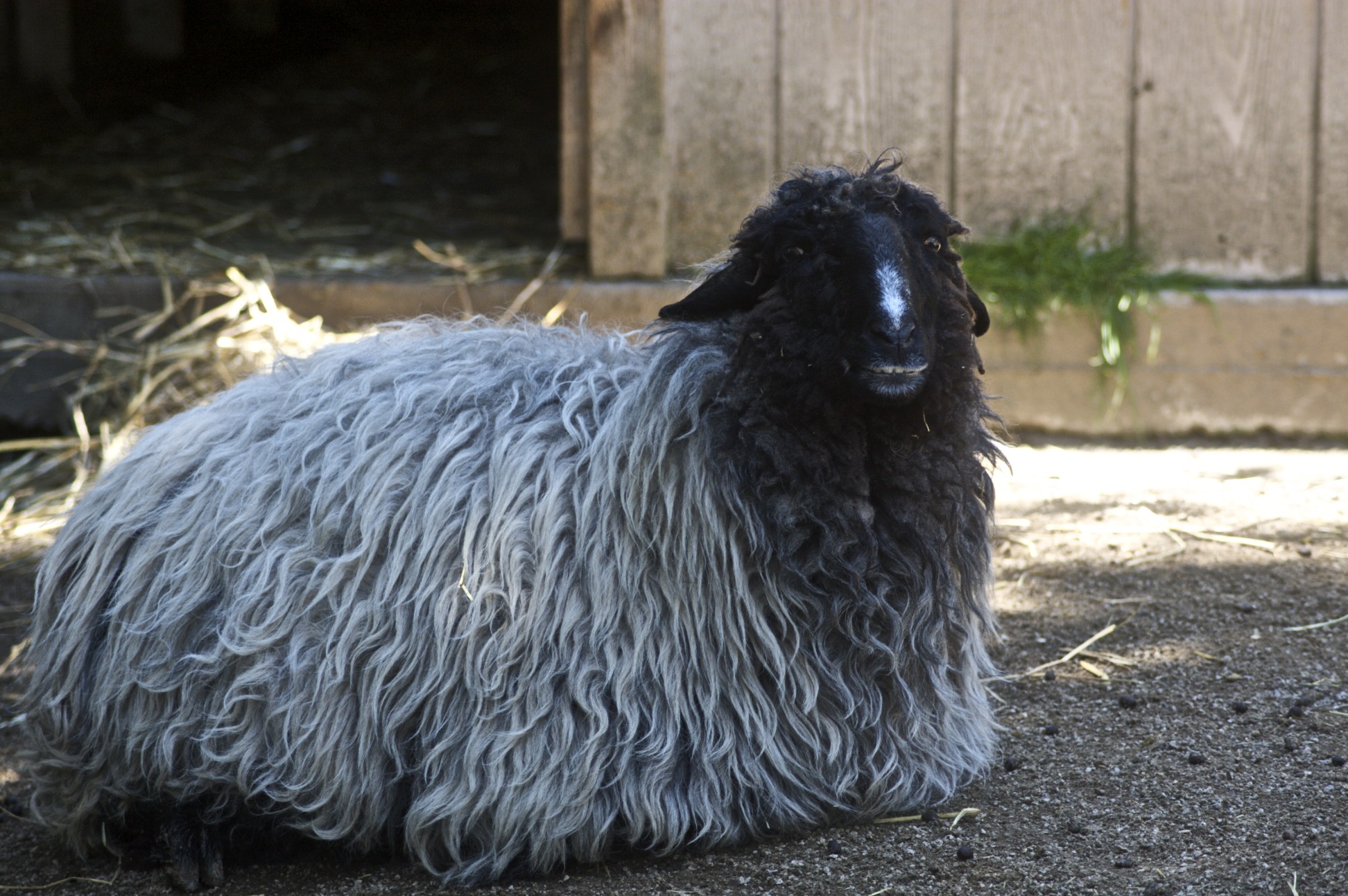
With a growing interest in the fiber arts in the United States, there has been an increased interest in the Karakul sheep. It is a specialty breed that is finding its niche as part of the cottage industry. The fleece is seen in a variety of natural colors. The Karakul may be the oldest breed of domesticated sheep.
Katahdin
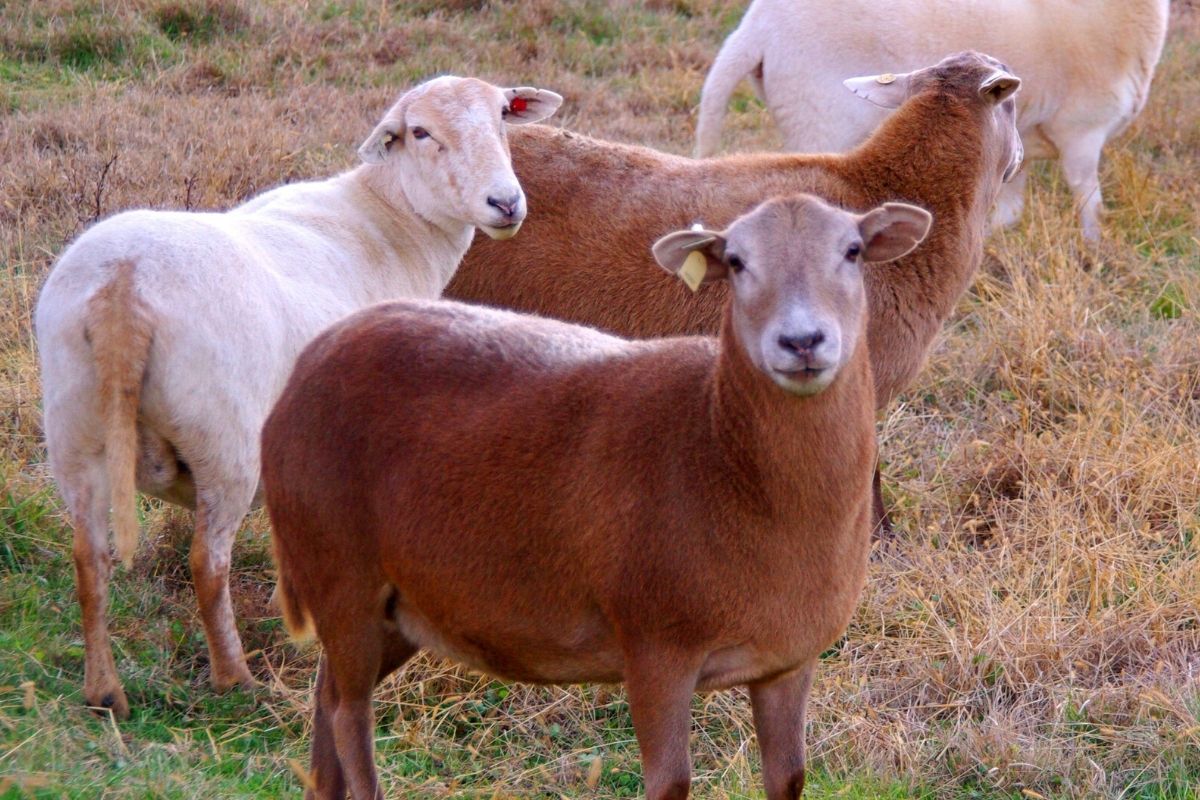
The Katahdin is an improved breed of hair sheep, the first hair breed to meet North American industry standards for carcass quality. The Katahdin is a cross between British meat breeds, notably the Suffolk, African Hair sheep, specifically the St. Croix, and later the Wiltshire Horn.
Leicester Longwool
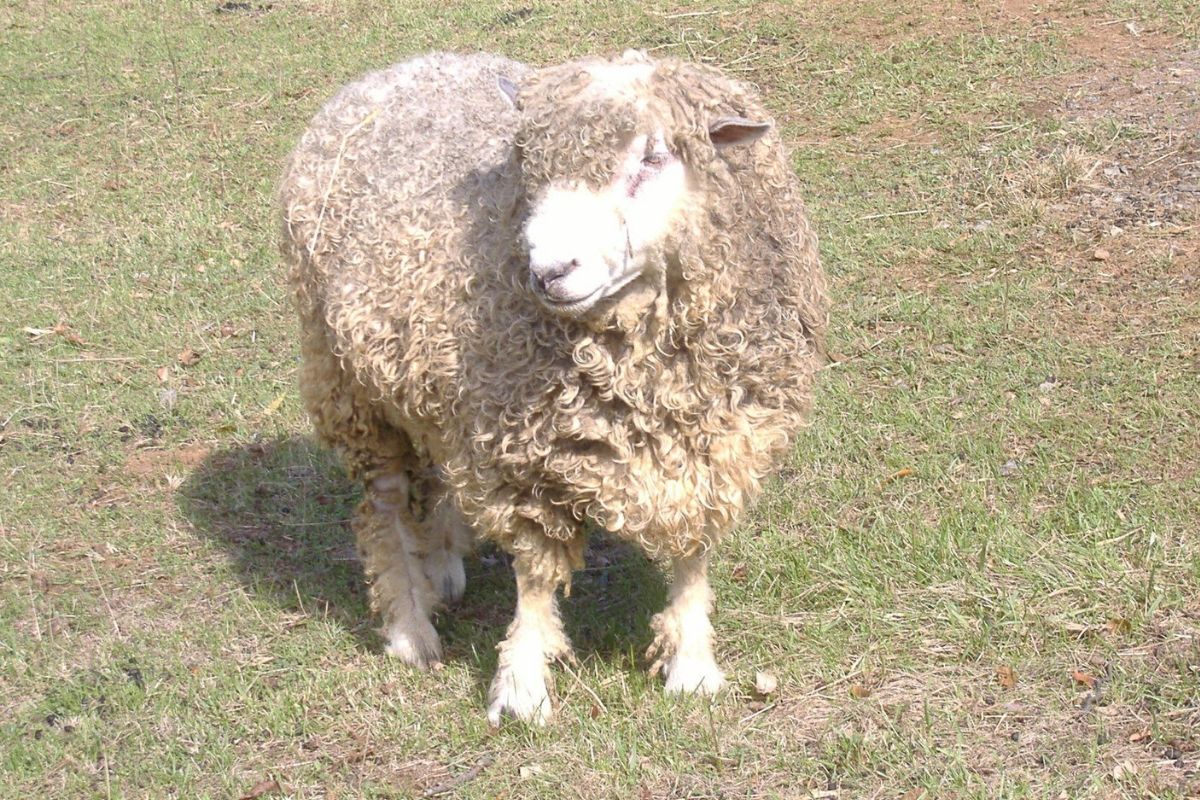
The fleece is heavy, curly, soft handling and lustrous, with a spiral-tipped staple 200-250mm in length, 32-38 micron. The fleece generally weighs from 11 to 15 pounds with some weighing as much as 20 pounds. Leicester Longwool are generally described as a medium to large breed with a large, high quality carcass.
Lincoln

The fleece of the Lincoln is carried in heavy locks that are often twisted into a spiral near the end. Lincolns should be very well wooled to the knees and hocks, and occasionally some individuals carry wool below these points. The staple length in Lincolns is among the longest of all the breeds, ranging from eight to fifteen inches (20-38 cm) with a yield of 65 to 80 percent.
Merino

Merinos are primarily grown for wool production, although improved carcass quality gives this breed a dual purpose. They are large framed and relatively plain bodied, producing a heavy fleece which is soft handling with a fiber diameter of 20-22 microns.
North Country Cheviot
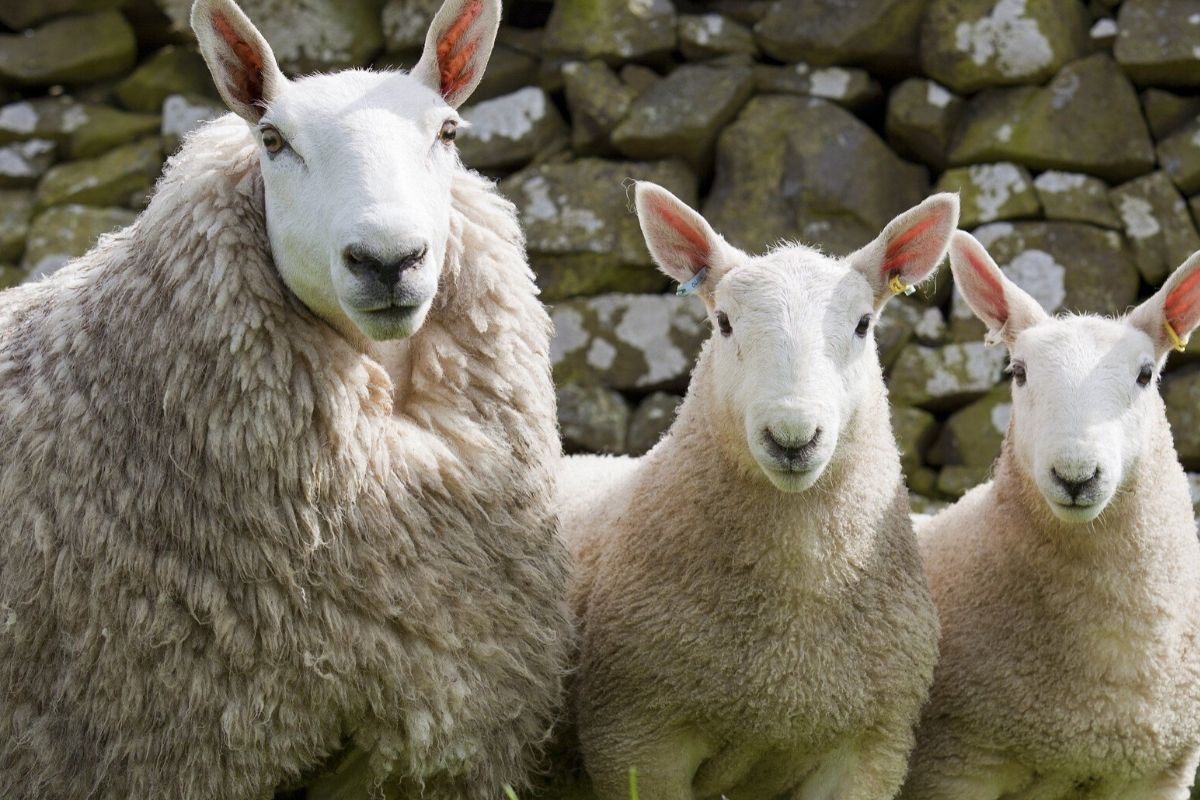
North Country lambs are strong at birth and have the ability to get-up, nurse and run just minutes after birth. The ewes have strong protective instinct toward their lambs, have plenty of milk and take extremely good care of their lambs. The North Country is an intelligent, tough, resourceful sheep that produces both a superior lamb crop and a fleece that delights handspinners
Polypay
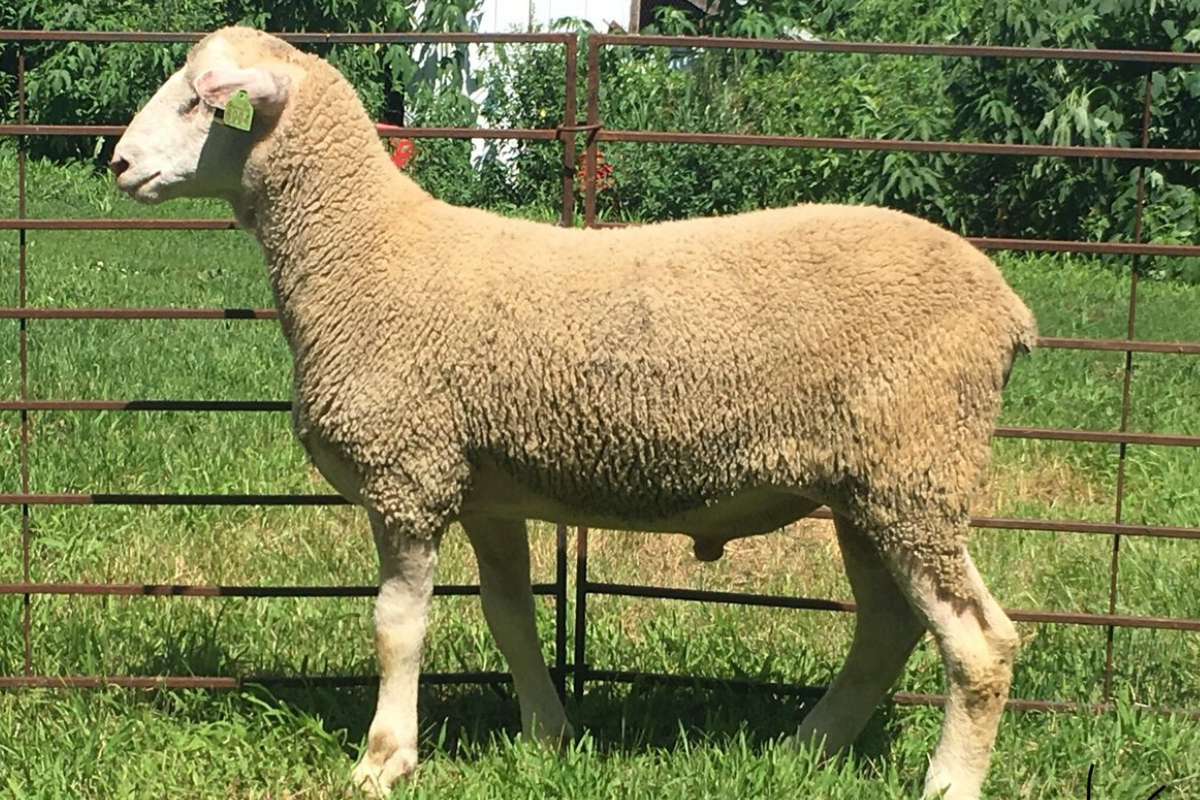
The Polypay sheep breed is a white, medium-sized (65 kg), polled sheep which was developed in the 1960s at the U.S. Sheep Experiment Station in Dubois, Idaho. In general, Polypay sheep are noted for being a highly prolific maternal dual-purpose (meat and wool) breed.
Rambouillet
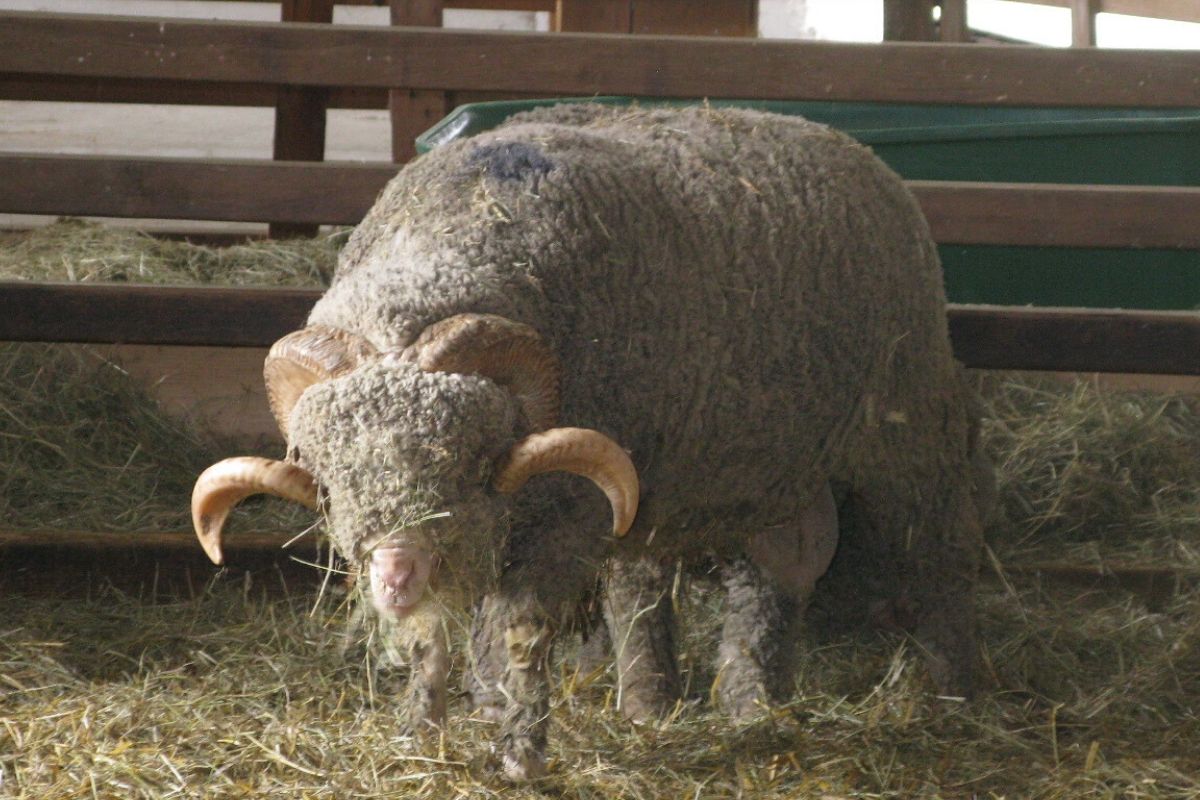
Rambouillet is the “backbone” of the American Sheep Industry, forming the foundation of most western range flocks and raised throughout the United States. The Rambouillet descends entirely from the Spanish Merino.
Romney
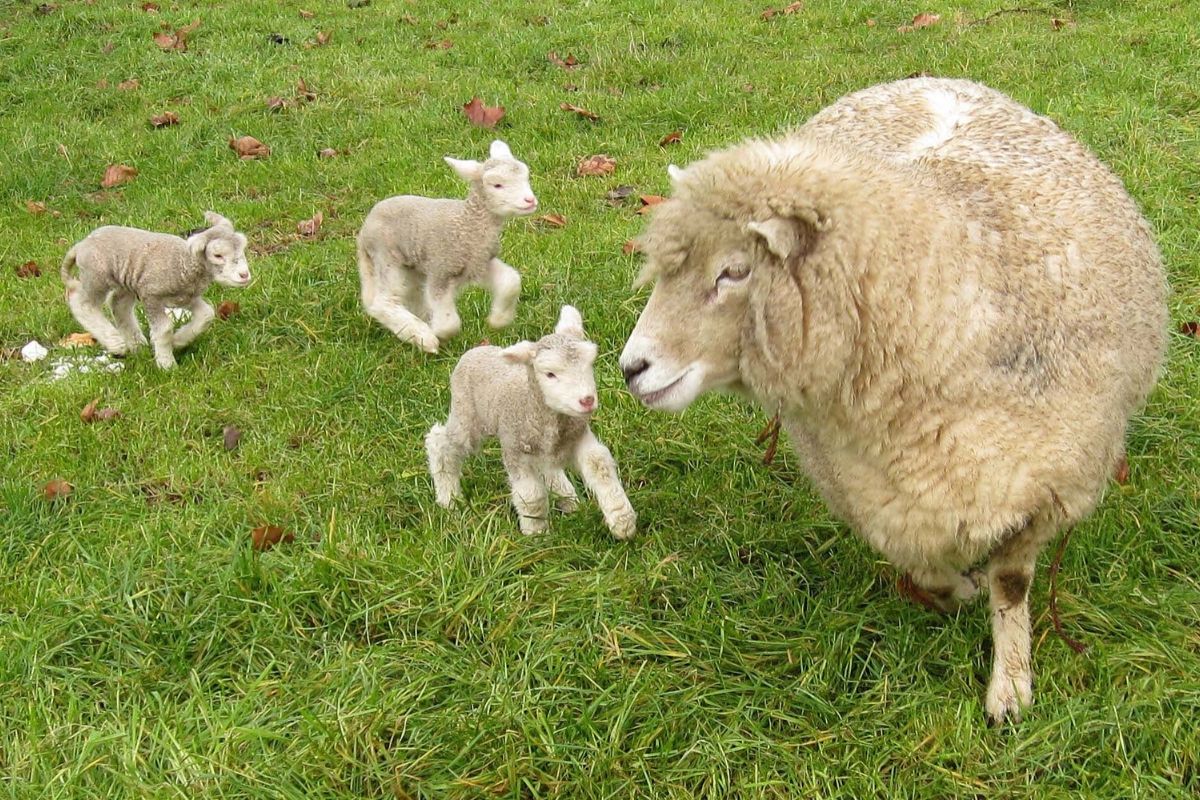
Romney is truly a versatile breed, as demonstrated by its ability to produce quality meat and wool under diverse climate conditions and management systems. It is so-named for the Romney Marsh region in Kent, England where it was developed as a dual purpose sheep.
Scottish Blackface
Shetland
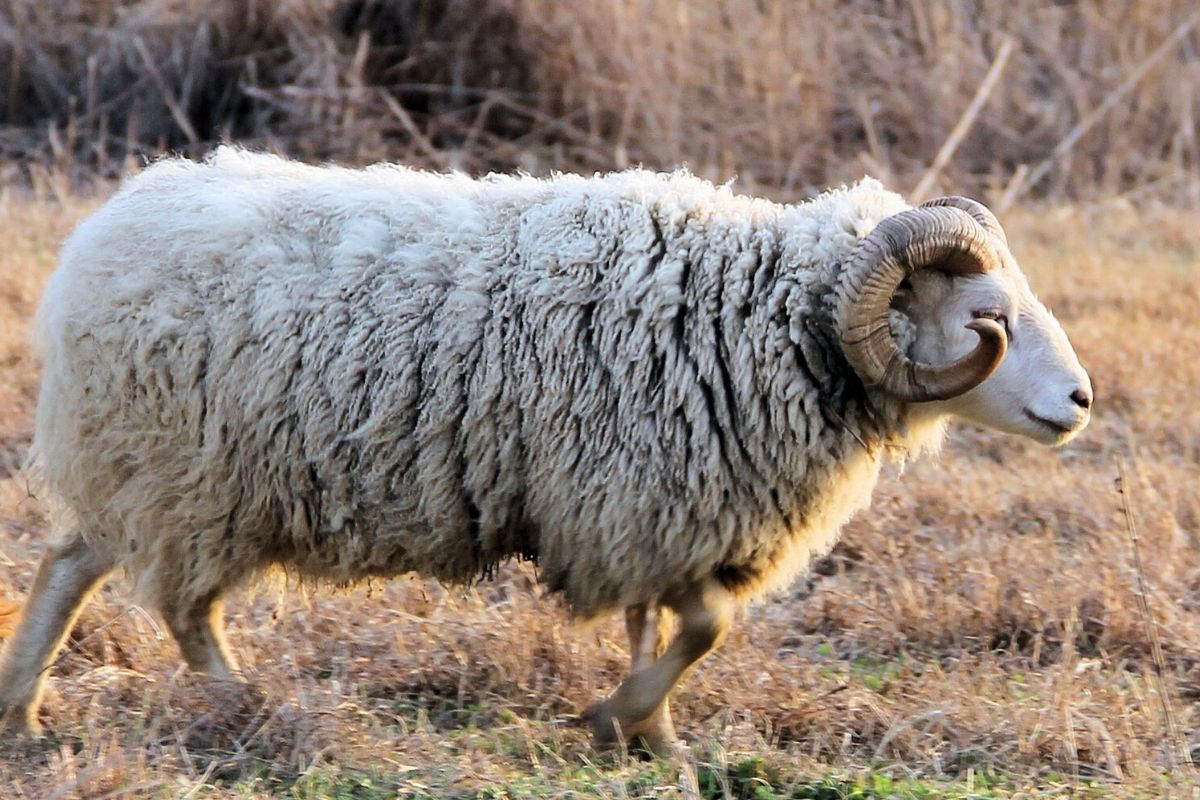
The Shetland is a primitive, unimproved breed noted for its natural hardiness, lambing ease, longevity, and ability to survive under harsh conditions. It is one of the smallest breeds of sheep.
Shropshire
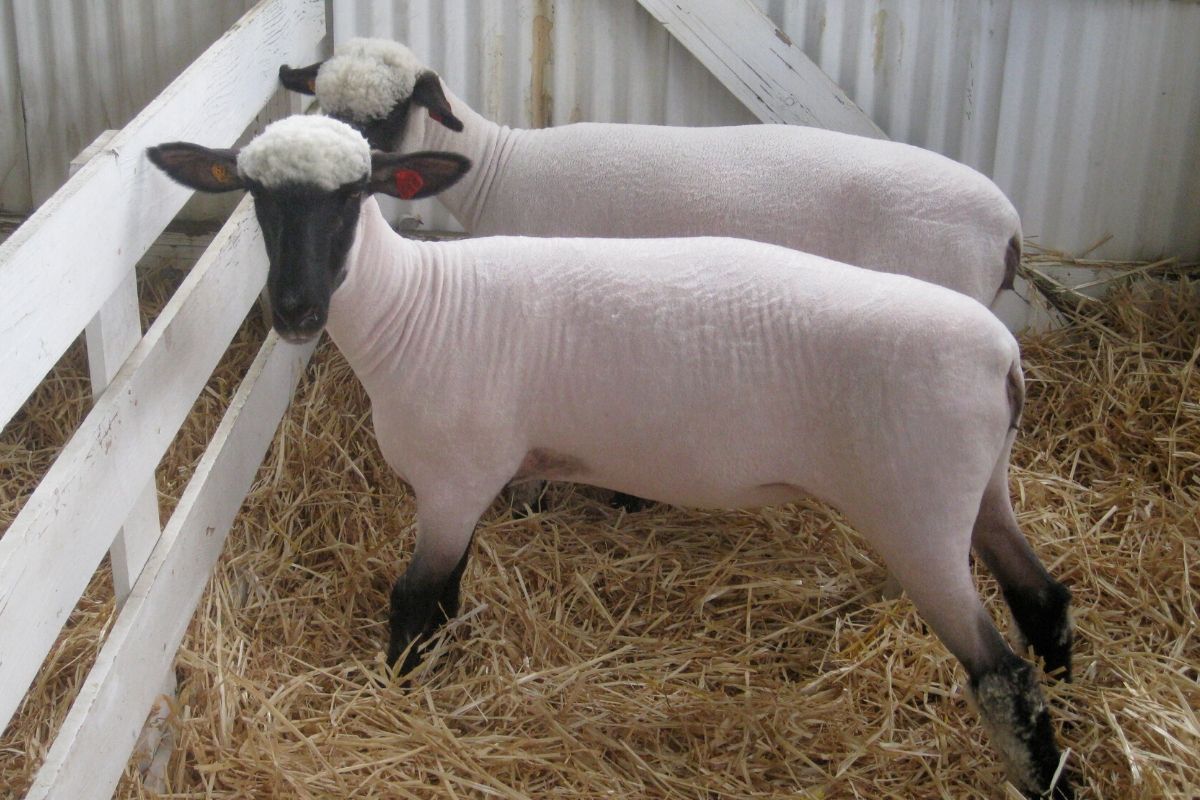
Shropshires are a good, middle-of-the-road sheep, medium to large in size, with dark faces and wool on the legs. They originated in central western England in the counties of Shropshire and Stafford from native stock, Southdown, Leicester, and Cotswold crosses.
Soay

The Soay has been called the only living example of the small, primitive sheep which inhabited the British Isles before the coming of the Norsemen and Romans. Their name is derived from the island of Soay off the coast of Scotland. Soays were originally imported to North America in 1974.
Southdown
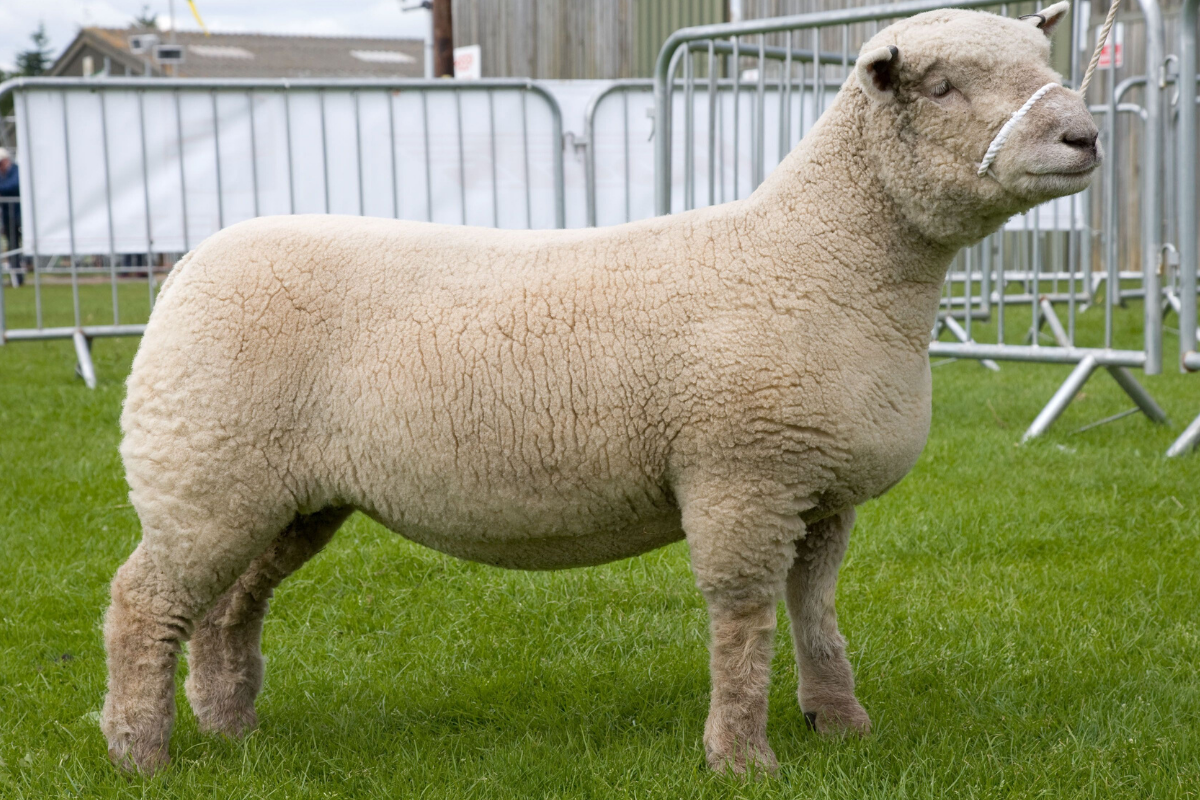
The Southdown is a small, dual-purpose British sheep, raised primarily for meat. It has been split into two sub-breeds. The Southdown raised by commercial growers today, is larger than the “traditional” Southdown of years past. North American Southdowns are also taller than their British counterparts.
St Croix
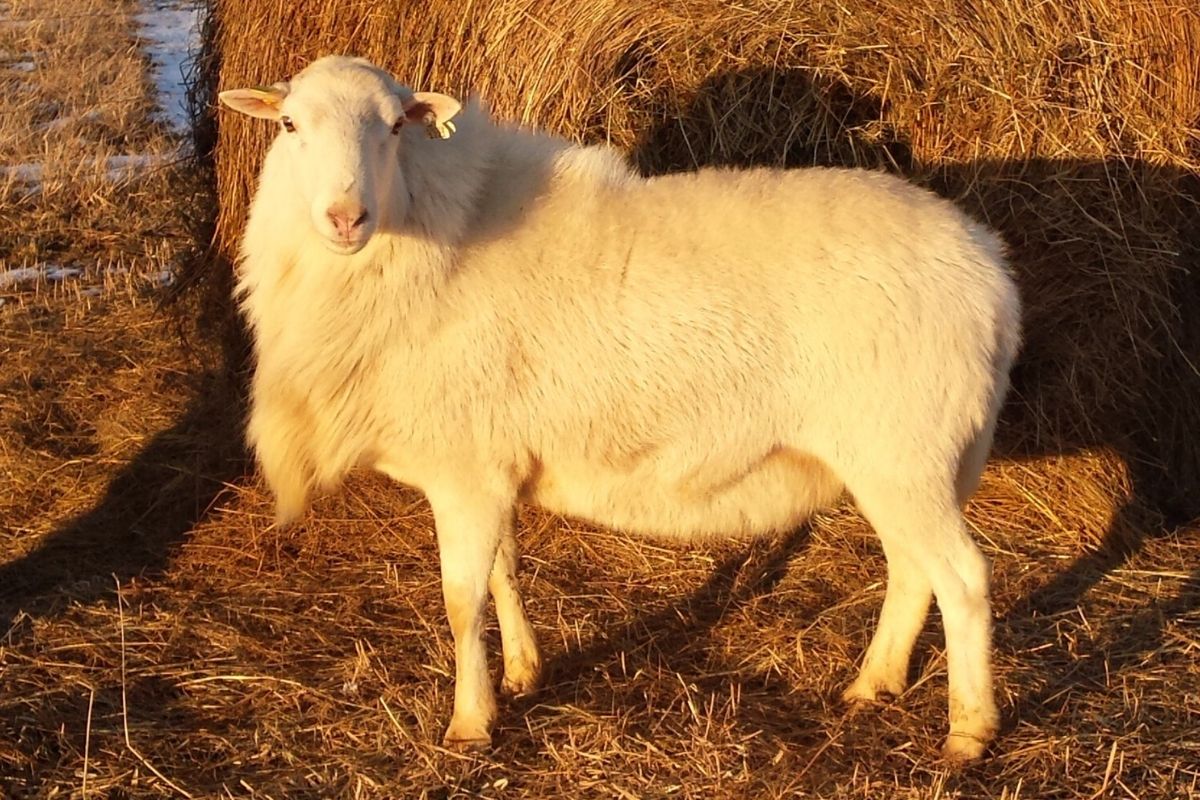
The St Croix is a breed of domestic sheep native to the U.S. Virgin Islands. The breed is believed to be descended from African sheep that were brought to the Caribbean on slave ships, and is a breed of hair sheep which does not grow wool. This breed is known for its parasite resistance, and is raised primarily for meat production.
Suffolk
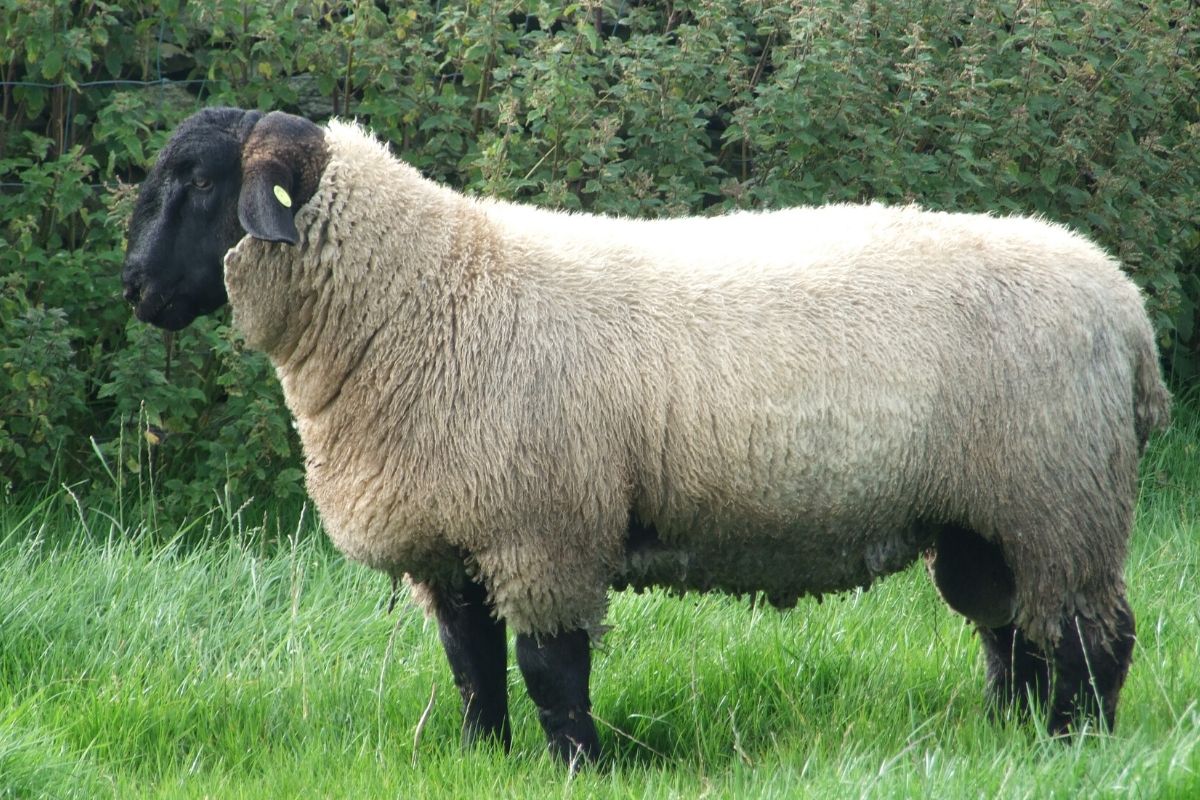
Suffolks are found throughout the world’s sheep producing countries. In the United States, they are by far the most popular pure breed of sheep, accounting for more than fifty percent of purebred sheep registrations. In the British Isles, they are the leading terminal sire breed.
Teeswater
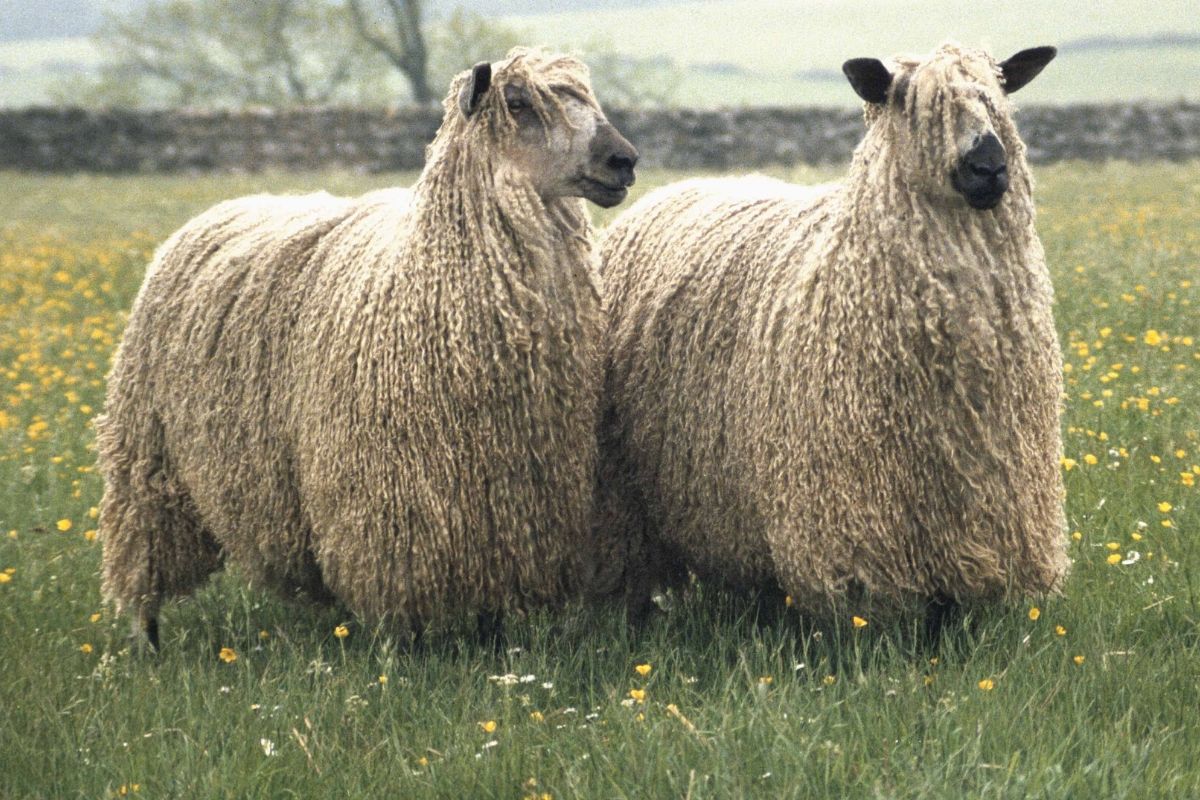
The Teeswater is a breed of sheep from Teesdale, United Kingdom. It is a longwool breed of sheep, which produces a generally large-diameter fibre. The breed is raised primarily for meat.
Texal
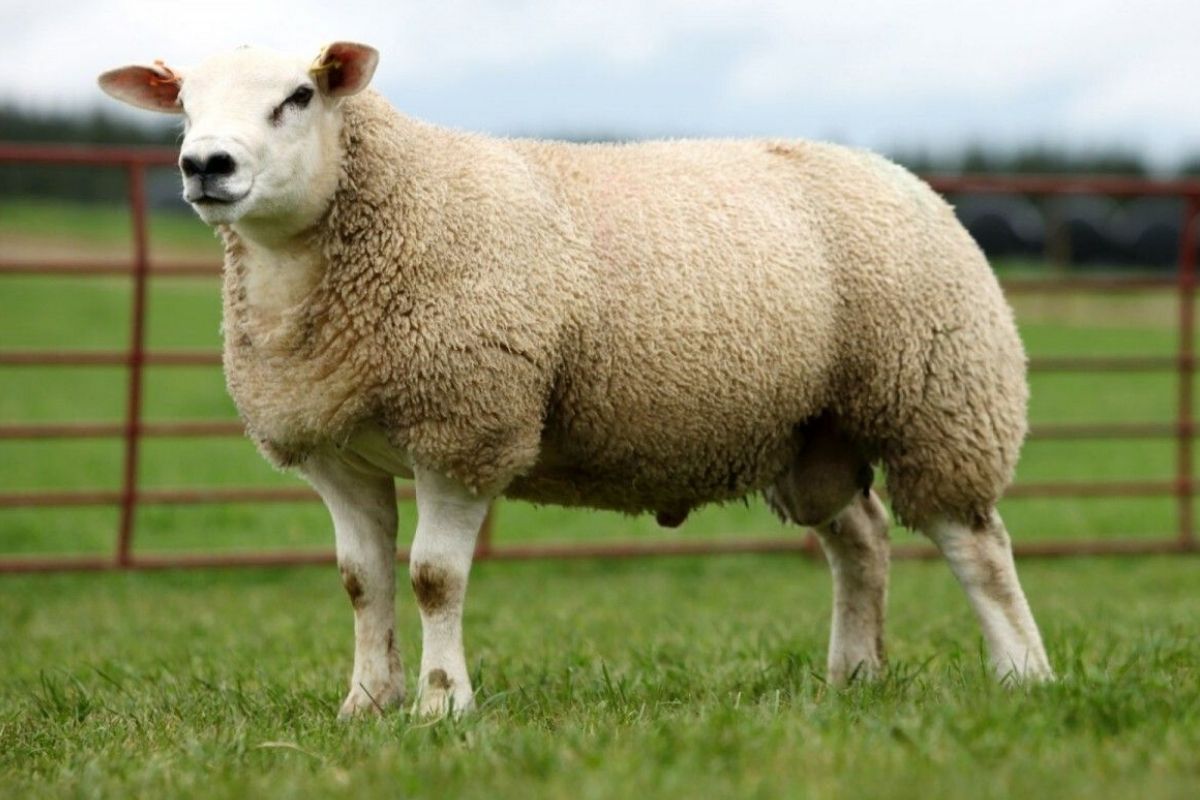
The Texel is a breed of domestic sheep originally from the island of Texel in the Netherlands. A heavily muscled sheep, it produces a lean meat carcass and will pass on this quality to crossbred progeny. The wool is around 32 micrometres and is mostly used for hosiery yarns and knitting wools.
Tunis
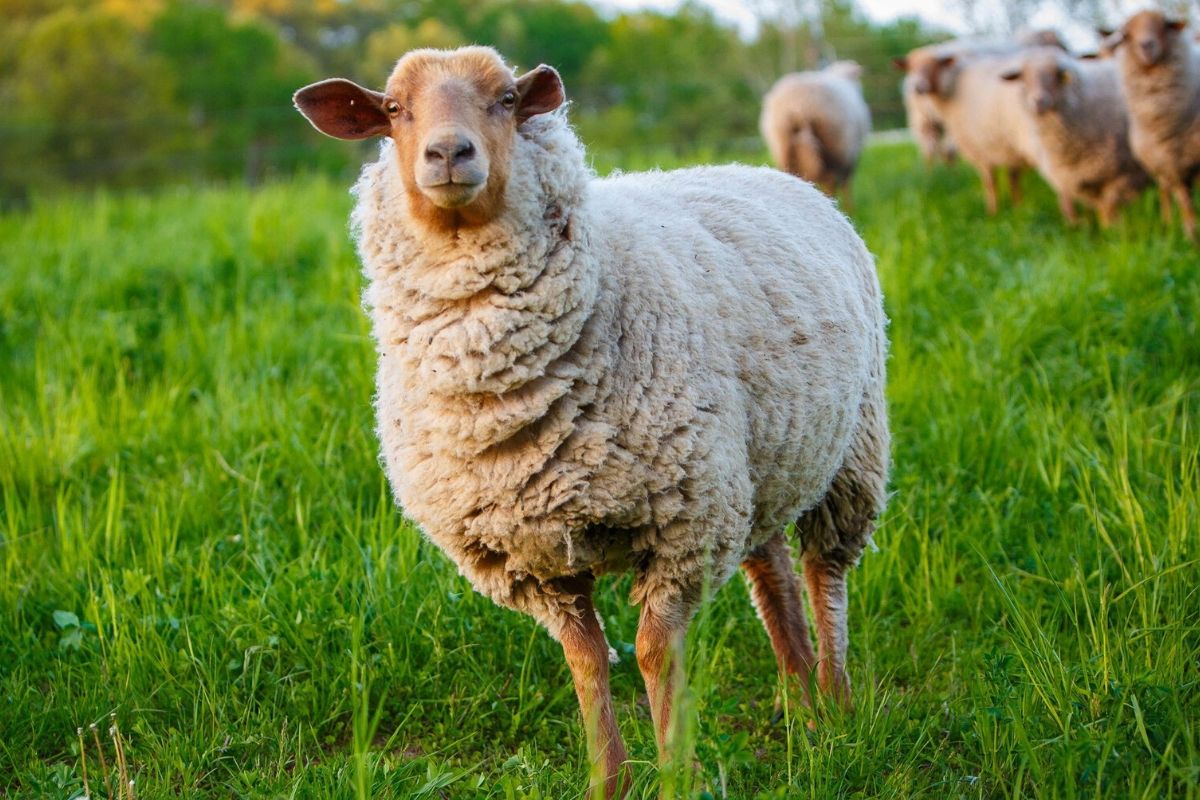
The Tunis is one of the oldest sheep breeds, said to have roamed the hills of Tunis and parts of Algeria in North Africa prior to the Christian era. The American Tunis evolved from a number of importations of fat-tailed sheep from Africa and the Middle East that were crossed with established European breeds to improve the breed’s meat characteristics.
Zwartble
